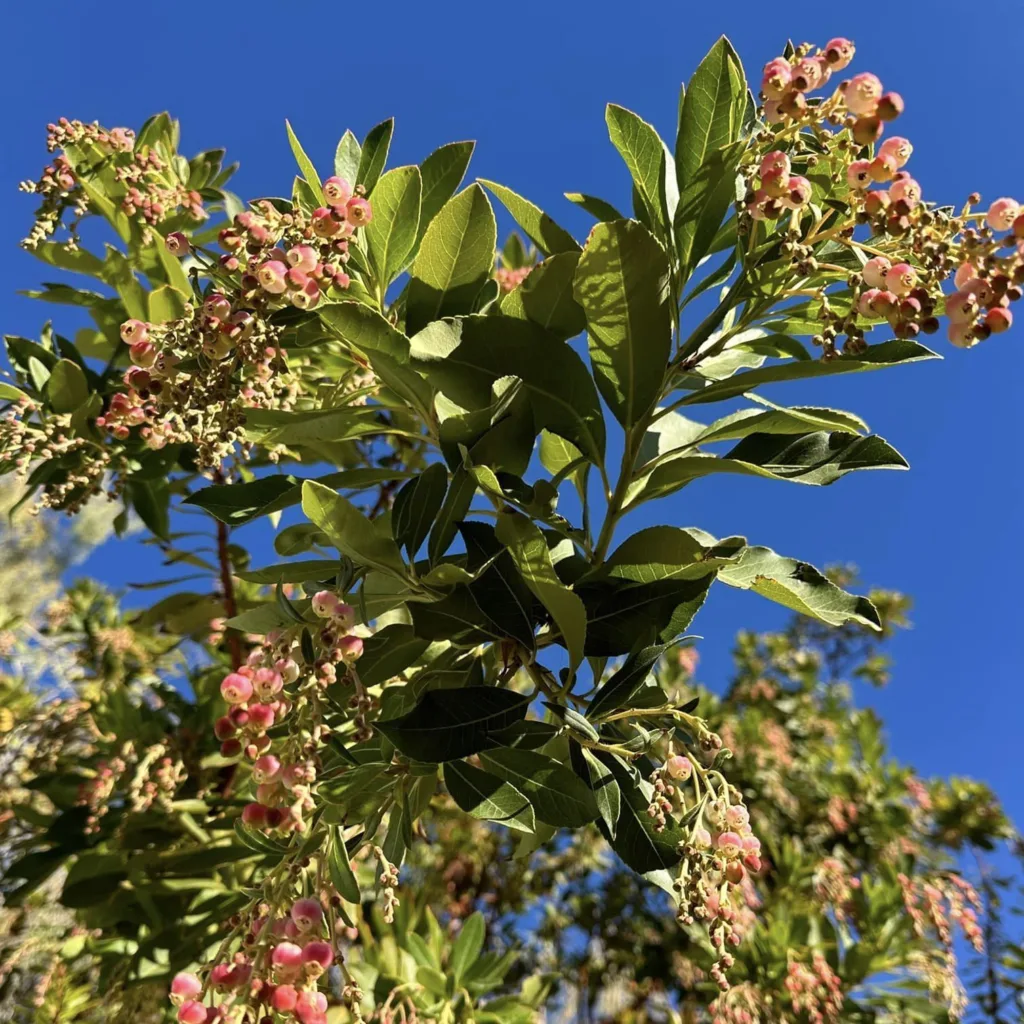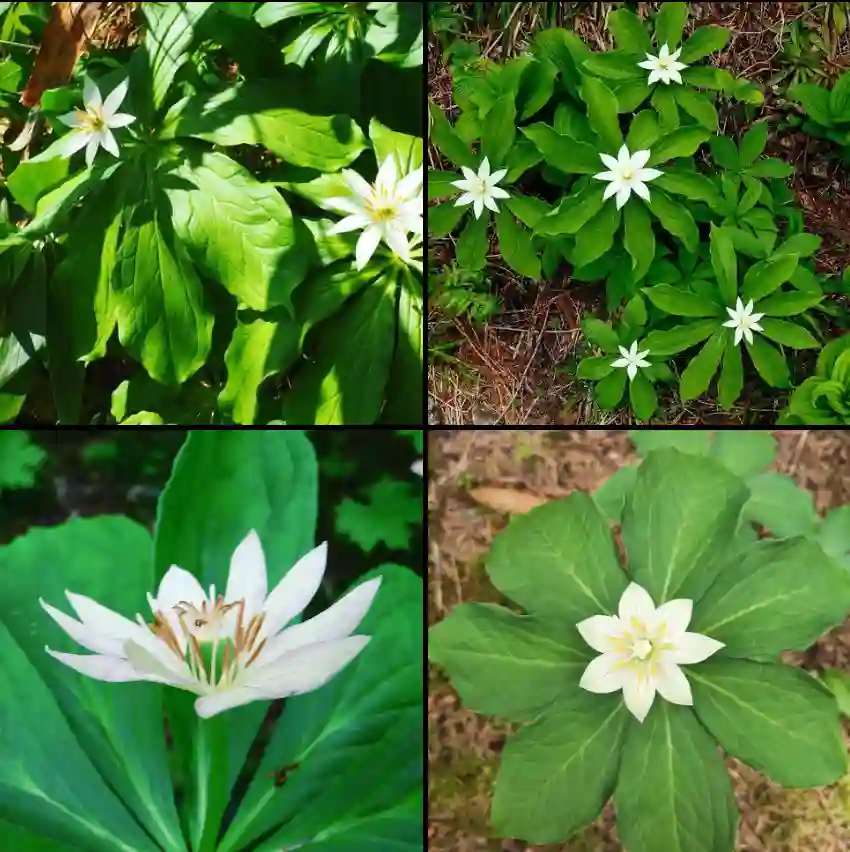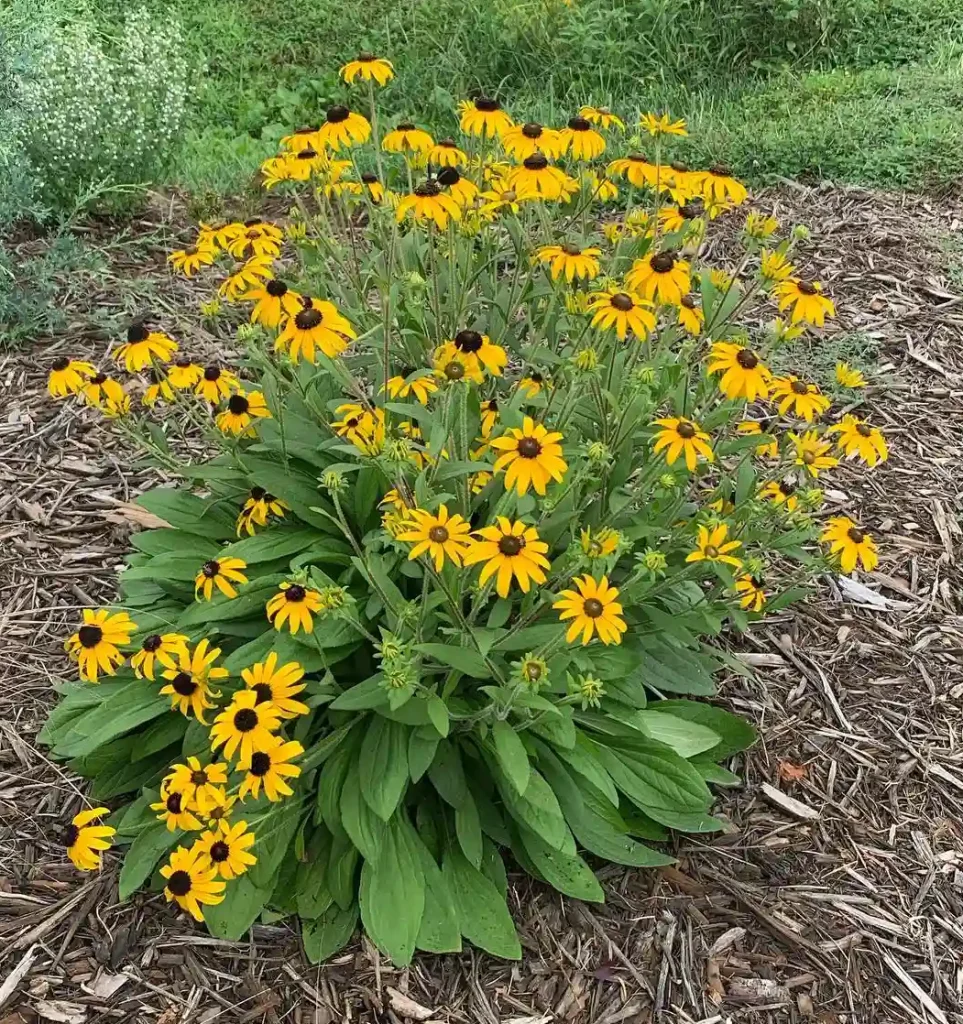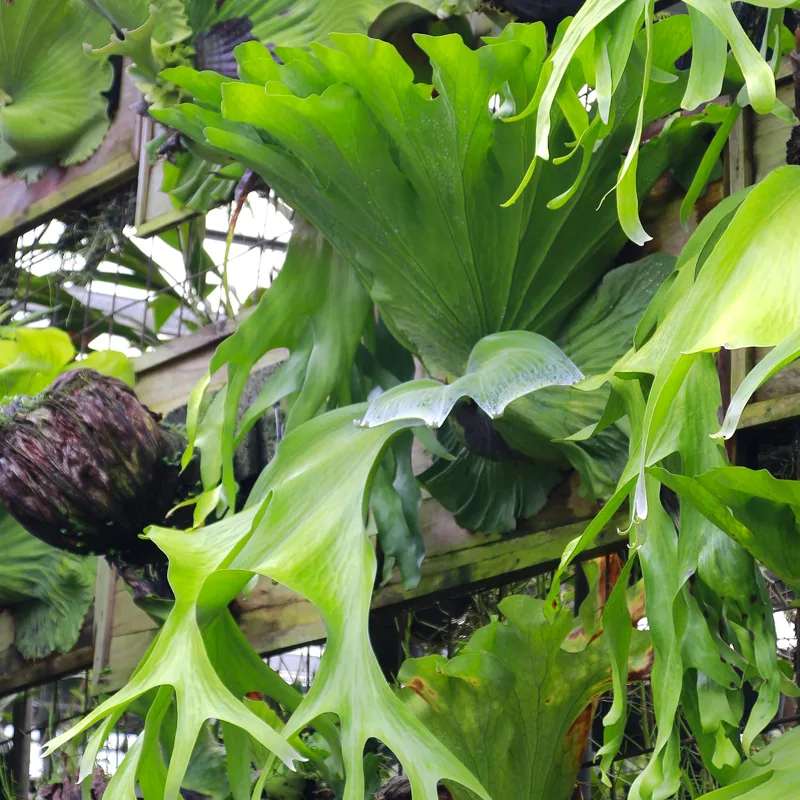My Fascination with Petiveriaceae
Petiveriaceae, a relatively small but intriguing plant family, has captivated my interest for quite some time. This family, primarily found in tropical and subtropical regions of the Americas, boasts a unique blend of characteristics that set it apart from other plant families. As a plant enthusiast, I’m always eager to delve deeper into the world of Petiveriaceae and share my knowledge with fellow enthusiasts.
The Distinguishing Features of Petiveriaceae
One of the most striking features of Petiveriaceae is the presence of betalains, a class of pigments that impart vibrant colors to the plants. These pigments, also found in families like Cactaceae and Amaranthaceae, are responsible for the reddish or purplish hues often observed in Petiveriaceae members. The betalains not only contribute to the aesthetic appeal of these plants but also play a role in attracting pollinators.
Another noteworthy characteristic of Petiveriaceae is their unique floral structure. The flowers are typically small and inconspicuous, often arranged in racemes or spikes. They possess a distinctive perianth, which consists of four or five tepals that may be free or partially fused. The stamens, usually four to eight in number, are often inserted on a disk or receptacle. The ovary is superior and typically unilocular, containing a single ovule.
The Genera of Petiveriaceae
Petiveriaceae comprises a limited number of genera, each with its own unique set of characteristics.
- Petiveria: This genus, considered the namesake of the family, is characterized by its herbaceous or somewhat woody habit and its distinctive odor. The leaves are simple and alternate, often with a pungent aroma. The flowers are small and greenish, arranged in elongated racemes. The fruits are small and dry, often with hooked bristles that aid in dispersal.
- Rivina: This genus is known for its herbaceous or slightly woody habit and its attractive berries. The leaves are simple and alternate, often with a smooth or slightly toothed margin. The flowers are small and whitish or pinkish, arranged in racemes. The fruits are fleshy berries, typically red or orange in color, and are often consumed by birds, which help in seed dispersal. – 2 Species in Genus Rivina
- Trichostigma: This genus is distinguished by its climbing or sprawling habit and its unique floral morphology. The leaves are simple and alternate, often with a cordate or hastate base. The flowers are small and greenish or yellowish, arranged in cymes or panicles. The fruits are small and dry, often with winged appendages that facilitate wind dispersal.
- Gallesia Casar.
- Hilleria Vell.
- Ledenbergia Klotzsch ex Moq.
- Monococcus F.Muell.
- Schindleria H.Walter
- Seguieria Loefl.
The Ecological Importance of Petiveriaceae
Petiveriaceae, despite its relatively small size, plays a crucial role in the ecosystems it inhabits. The plants provide food and shelter for a variety of organisms, including insects, birds, and mammals. The betalains present in these plants also contribute to their ecological significance by attracting pollinators, ensuring the continuation of the species.
Furthermore, some members of Petiveriaceae have been traditionally used for medicinal purposes. For instance, Petiveria alliacea, commonly known as guinea hen weed, has been used in traditional medicine to treat a variety of ailments, including fever, inflammation, and pain. However, it is important to note that the medicinal properties of these plants should be further investigated and used with caution.
Conclusion
In conclusion, Petiveriaceae is a fascinating plant family with a unique set of characteristics that set it apart from other families. Its vibrant betalain pigments, distinctive floral structure, and ecological importance make it a subject of great interest for plant enthusiasts like myself. As we continue to explore the world of Petiveriaceae, we are likely to uncover even more intriguing aspects of this remarkable family.
If i die, water my plants!



